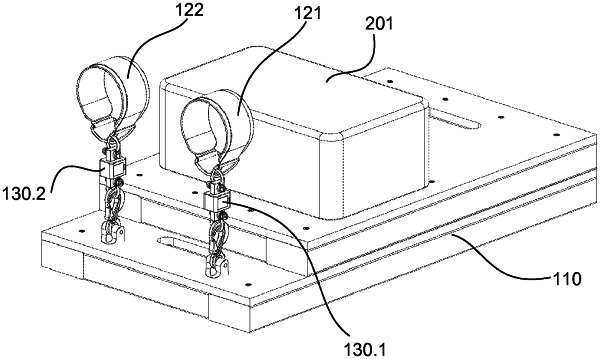| CPC A61B 5/224 (2013.01) [A61B 5/1107 (2013.01); A61B 5/30 (2021.01); A61B 5/4533 (2013.01); A61B 5/4585 (2013.01); A63B 21/0023 (2013.01); A63B 21/00069 (2013.01); A63B 21/0442 (2013.01); A63B 21/4013 (2015.10); A63B 21/4015 (2015.10); A63B 21/4029 (2015.10); A63B 21/4031 (2015.10); A63B 21/4037 (2015.10); A63B 23/0211 (2013.01); A63B 23/0238 (2013.01); A63B 24/0087 (2013.01); A63B 71/0619 (2013.01); A61B 5/4528 (2013.01); A61B 5/6828 (2013.01); A61B 5/702 (2013.01); A61B 2503/10 (2013.01); A61B 2505/09 (2013.01); A61B 2562/14 (2013.01); A63B 2071/0625 (2013.01); A63B 2208/0214 (2013.01); A63B 2208/0247 (2013.01); A63B 2208/0252 (2013.01); A63B 2208/0257 (2013.01); A63B 2208/0261 (2013.01); A63B 2209/10 (2013.01); A63B 2220/40 (2013.01); A63B 2220/51 (2013.01); A63B 2220/54 (2013.01); A63B 2220/58 (2013.01); A63B 2220/80 (2013.01); A63B 2220/803 (2013.01); A63B 2220/805 (2013.01); A63B 2220/833 (2013.01); A63B 2220/836 (2013.01); A63B 2225/09 (2013.01); A63B 2225/20 (2013.01); A63B 2225/50 (2013.01); A63B 2225/54 (2013.01); A63B 2225/74 (2020.08)] | 14 Claims |

|
1. An apparatus comprising:
a support having an engagement area configured to receive a first knee of a first leg of a subject and a second knee of a second leg of the subject while the subject is engaged in a kneeling position;
a first leg restraint mounted to the support via a first pivotal mount, and wherein the first leg restraint is configured to secure a first ankle of the subject relative to the support while the subject is engaged in the kneeling position and thereby secure the first knee of the subject to a first portion of the support while the subject performs an eccentric contraction of at least a hamstring muscle of the first leg;
a second leg restraint mounted to the support via a second pivotal mount, and wherein the second leg restraint is configured to secure a second ankle of the subject relative to the support while the subject is engaged in the kneeling position and thereby secure the second knee of the subject to a second portion of the support while the subject performs an eccentric contraction of at least a hamstring muscle of the second leg;
a first force sensor coupled to the first leg restraint by the first pivotal mount and configured to sense a first force applied to the first leg restraint and generate a first output signal;
a second force sensor coupled to the second leg restraint by the second pivotal mount and configured to sense a second force applied to the second leg restraint and generate a second output signal; and
an electronic processing device configured for:
monitoring the first output signal and the second output signal;
generating, based on the first output signal, a first indicator of a strength of a first knee flexor muscle of the subject while the subject performs the eccentric contraction of the at least the hamstring muscle of the first leg; and
generating, based on the second output signal, a second indicator of a strength of a second knee flexor muscle of the subject while the subject performs the eccentric contraction of the at least the hamstring muscle of the second leg.
|